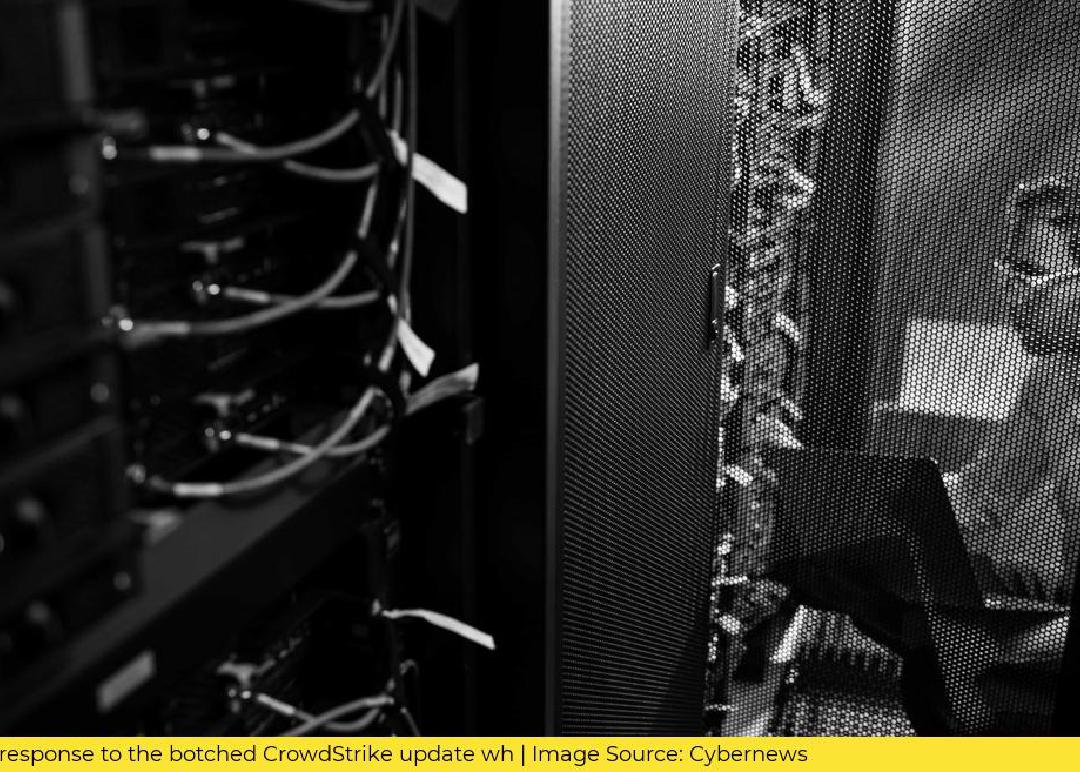How to Improve Endpoint Security Resiliency: Lessons Learned from the CrowdStrike Outage
As an insurance executive, you understand the importance of protecting your customers' critical infrastructure. The recent CrowdStrike outage, which shut down 8.5 million Windows-powered computers in July, serves as a reminder of the need for improved endpoint security resiliency. In response to this incident, Microsoft has announced that it will be hosting a security summit next month in Washington to go over lessons learned from the worldwide outage.
In this blog post, we will provide you with a step-by-step guide on how to improve endpoint security resiliency based on the lessons learned from the CrowdStrike outage.
Step 1: Review the Series of Events Leading up to the Massive Outage
During the summit, industry leaders, including government representatives for transparency, will review the series of events leading up to the massive outage with the collective goal of creating concrete steps that Microsoft and its joint customers can take to improve security and resiliency. By reviewing the events leading up to the outage, you can identify potential vulnerabilities in your own systems and take steps to address them.
Step 2: Focus on Safe Deployment Practices
Discussions during the summit will also focus on safe deployment practices. It is important to ensure that any security software patches or updates are thoroughly tested before deployment to avoid potential issues. By implementing safe deployment practices, you can reduce the risk of a similar outage occurring in your own systems.
Step 3: Design Network Systems for Cyber Resiliency
Another key focus of the summit will be on how to design network systems for cyber resiliency. This involves implementing measures such as redundancy and failover systems to ensure that critical infrastructure remains operational in the event of an outage. By designing your network systems for cyber resiliency, you can minimize the impact of any potential outages.
Step 4: Work Together as an Industry
The summit will also explore how the industry can best work together as a whole to improve endpoint security resiliency. By sharing best practices and collaborating on solutions, we can create a more secure and reliable technology ecosystem for all.
Step 5: Consider Parametric Insurance
Finally, it is worth considering the benefits of parametric insurance in the event of a similar outage. Parametric insurance uses real-time data and dynamic risk modeling to enable insurers to build and operate insurance at scale. By using parametric insurance, you can turn real-time data into insurance and protect your customers' critical infrastructure in the event of an outage.
In conclusion, the CrowdStrike outage serves as a reminder of the need for improved endpoint security resiliency. By reviewing the events leading up to the outage, implementing safe deployment practices, designing network systems for cyber resiliency, working together as an industry, and considering parametric insurance, you can take steps to protect your customers' critical infrastructure and minimize the impact of any potential outages. To learn more about how Riskwolf can help you develop parametric insurance for your specific case, please get in touch with us today.
Source: Microsoft to hold security summit triggered by CrowdStrike outage
